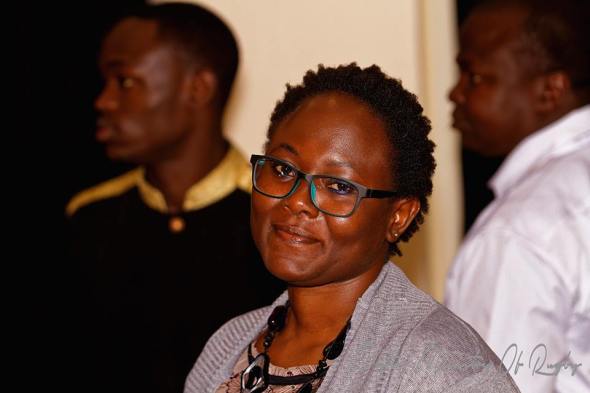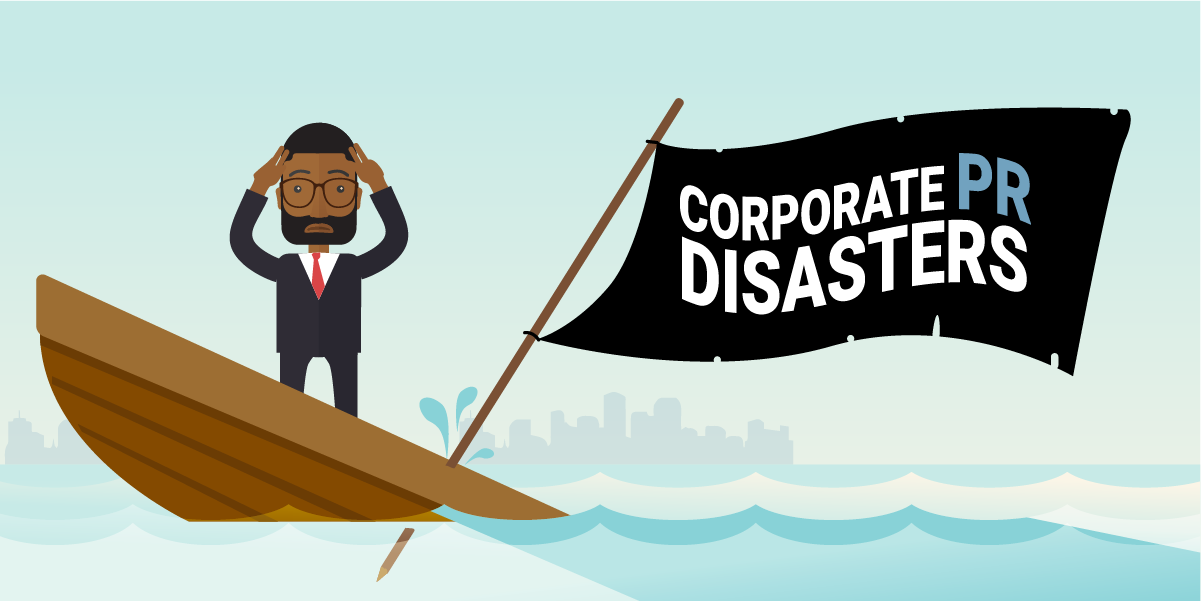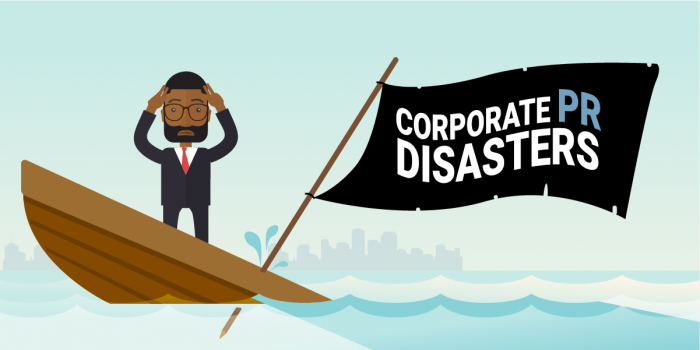The last decade or so has brought forth a new industry, which is the golden age of social networking and social networks. This has also led to companies opening their own verified accounts which have necessitated them being ran by a person or a team (mostly through their PR firms) and it is a great way for companies to have formal announcements as well as connect with their loyal customers.
However, it comes a time when things falls apart. A company might get engulfed in a PR crisis online and this would necessitate the need to have a mitigation plan to be formulated right away to sort the issue fast. A lot of brands usually have PR firms or internal teams that manage their social accounts where they deal with ways they can connect with their loyal customers and future customers as well as deal with a crisis when it happens.
Social media disasters are usually the one thing brand managers would love not to experience during their work days. It is stressful for both the brand manager and the company and we have seen some of them show up, especially on Twitter.

Although we have seen some famous social media blunders by brands, they are the exception rather than the rule. “I don’t recall having such disasters personally,” Naomi Mutua, Deputy Managing Partner (Social), Ogilvy, shared with me. “I choose to keep my brand honest. What you see online is who I am in person.”
She also brought out one of the major causes of PR disasters by brands which is copyright infringements which includes situations where you use someone’s content (in writing or media form) without their explicit permission. “Being in the industry, I’m aware of copyright infringements on content, and I want to ensure that I don’t misuse other people’s content.”
But what if you were caught in a crisis? Brian Mbunde (@brianmbunde on Twitter), Brand Partner, Scanad Africa had an experience. “The client decided to review their prices for a product and mathematically, it wasn’t making sense to their consumers,” he said. This is the kind of disaster where you find people yelling to a brand about some change to their product, and it is up to the brand manager and the brand to come up with a solution to the mess.

“We got influencers who we briefed and gave them information,” Brian let me on the plan. “Using them, they were able to clear the air in terms of why the brand increased the price and how to ‘save costs’ so as to not make repeat purchases of the said product.”
We see here that a common strategy to deal with social media disasters is by hiring influencers that are used primarily to disseminate information about a brand’s product or key notice. Influencer marketing can be quite effective and could be comparatively cheaper than traditional forms of advertising, which could have forced the brand to put out a notice in the dailies, TV ad slot, radio and even billboards.
Brand partners and brands themselves don’t like to be put in such situations and preparedness is usually key in minimizing the likelihood of one happening again. In Naomi’s case, her strategy is all about sticking to the truth. “The only way to get around this is sticking to the truth,” she says “If you think about it, this is how disinformation (fake news) is propagated and it has far reaching effects on society.”
She also talked about how easy it is to cross check information to prevent misinformation.. “As a society, we must learn to cross check information before sharing it to mitigate effects of disinformation, Naomi said. “Using tools as simple as reverse image searches, keyword searches and such can go a long way.”
In Brian’s case which was more specific to his case, it is all about being meticulous. “Informing consumers before reviewing prices and make them understand the product better,” he says. Communication is key on social media and such feedback from customers is key in preventing future social media gaffes.
Recently, we witnessed a fitting story to this feature, which involved the former media personality, Kobi Kihara. She uploaded some photos on Instagram which were found out to have been obtained from other sources and this was a major crisis for her. This was the classic case of her as a brand dealing with a social media crisis and was curious on how a brand manager would have handled the situation.
Naomi’s point of view is all about acknowledging the mistake and apologizing. “If I were Kobi, I would apologize without giving excuses since what she did was not right,” Naomi explained. “She’s a brand in her own right and she should work to protect that and her reputation is what is key.”
Brian’s views were similar too. “I would have admitted that I was wrong and apologized to the affected parties and move on to posting my regular content,” he says.
In conclusion, brand managers would rather prevent these gaffes from happening than them having to deal with the aftermath later on. This was revealed through double checking what they are posting so that they are found not to have been ripped off someone’s work or infringed on copyright and taking feedback from customers. If they found themselves in such a situation where they have a crisis, they will stick to the truth and apologize when they make a mistake.






























